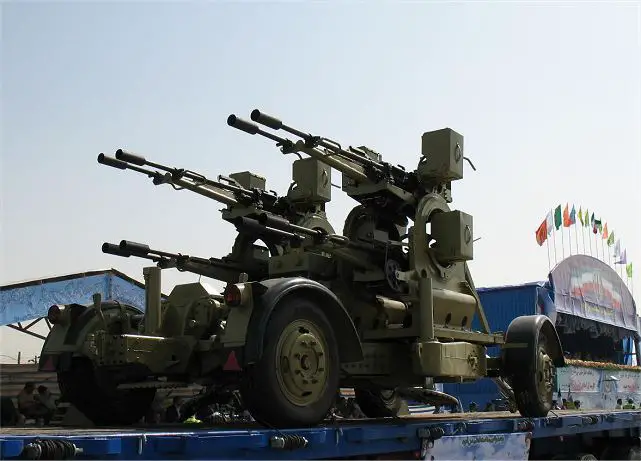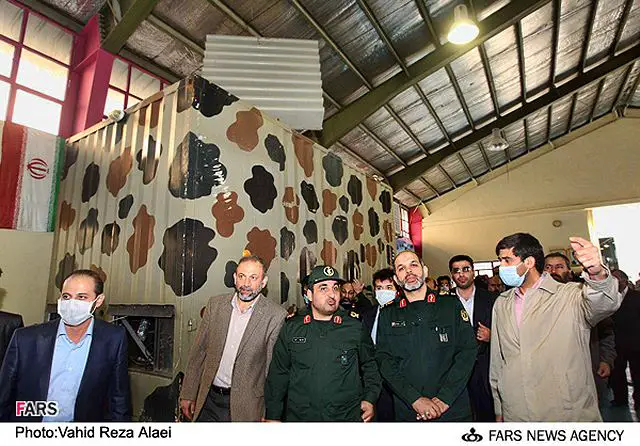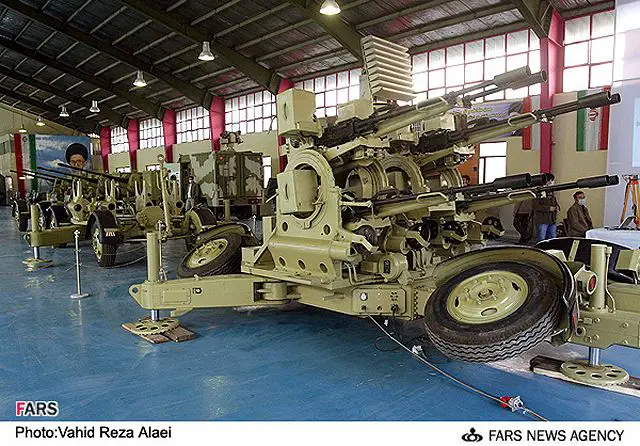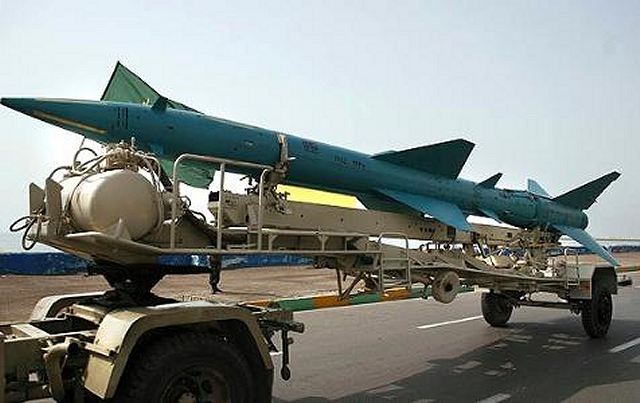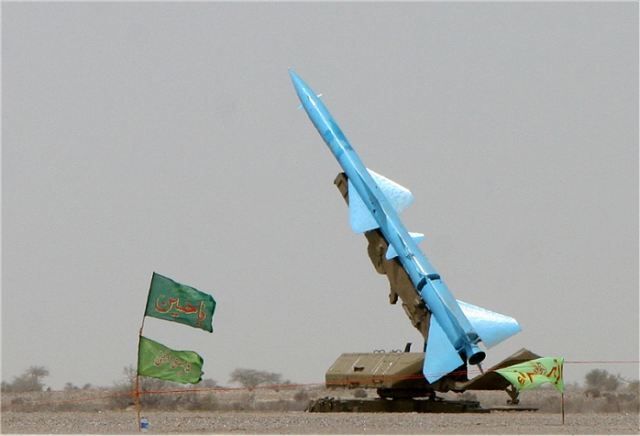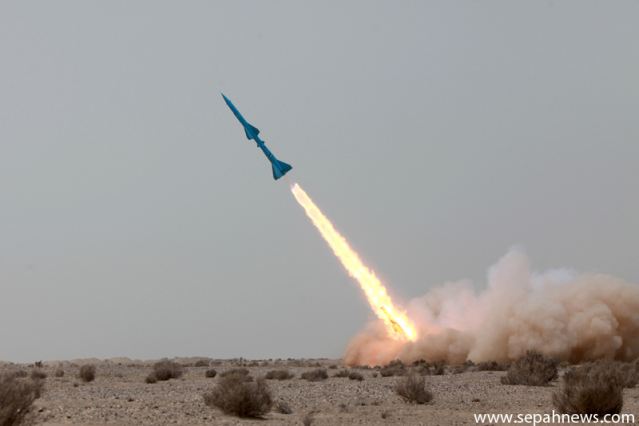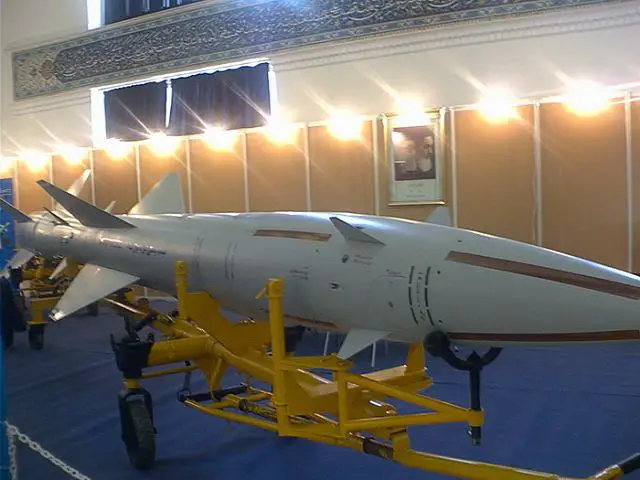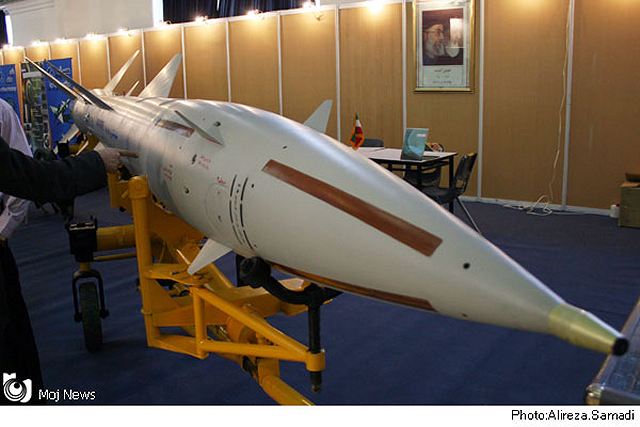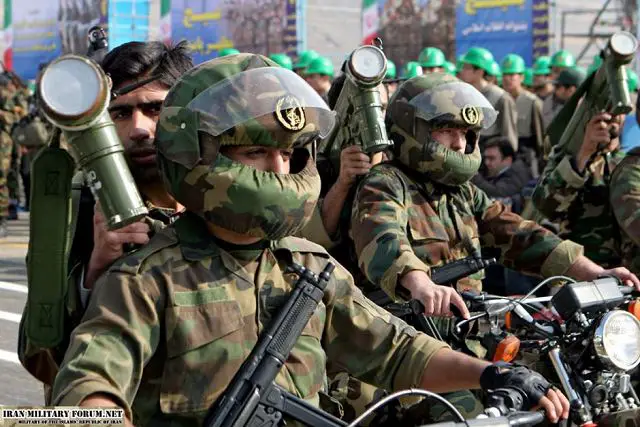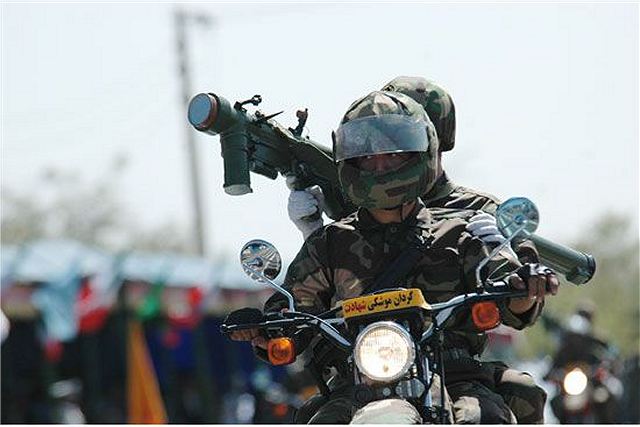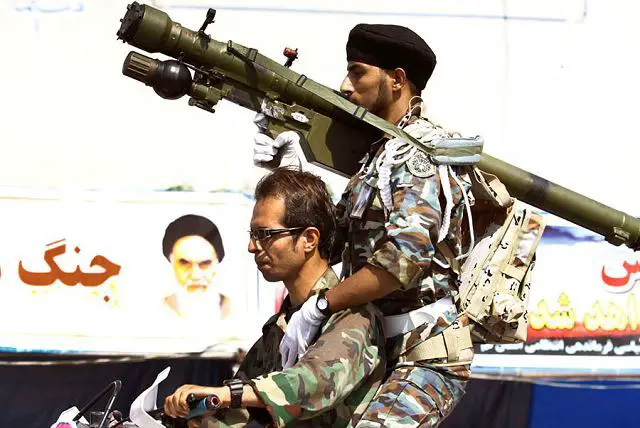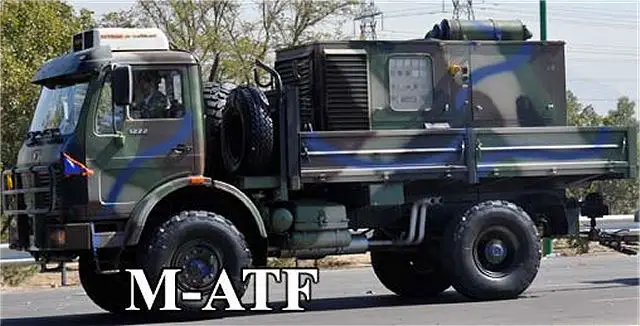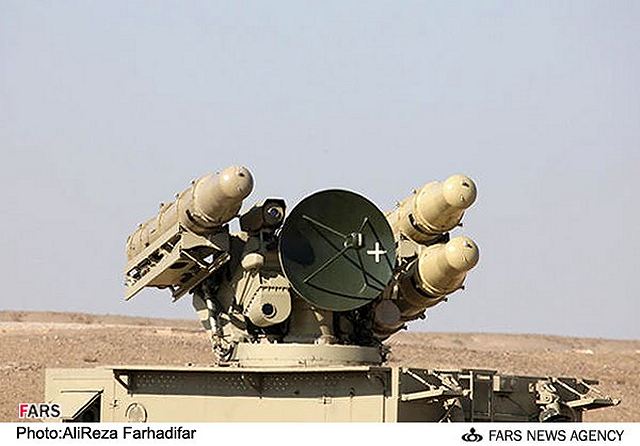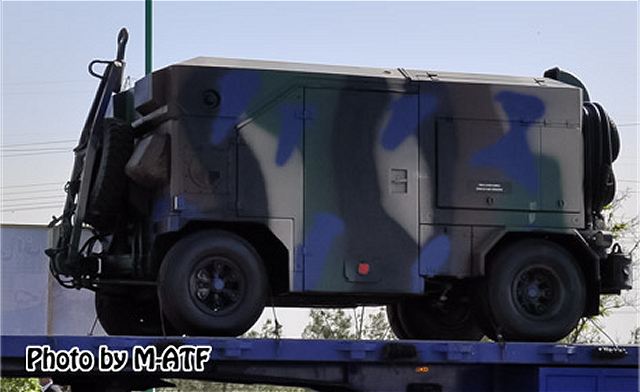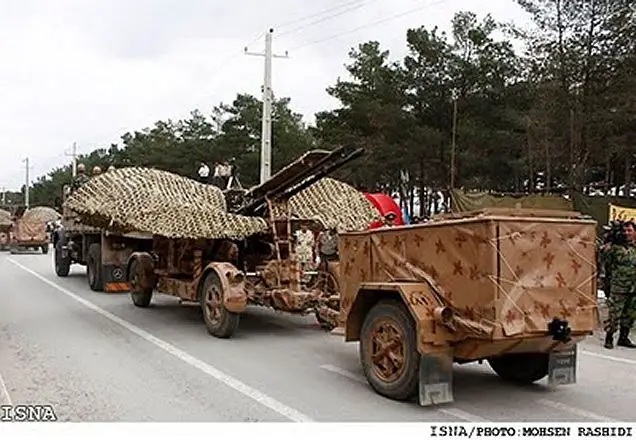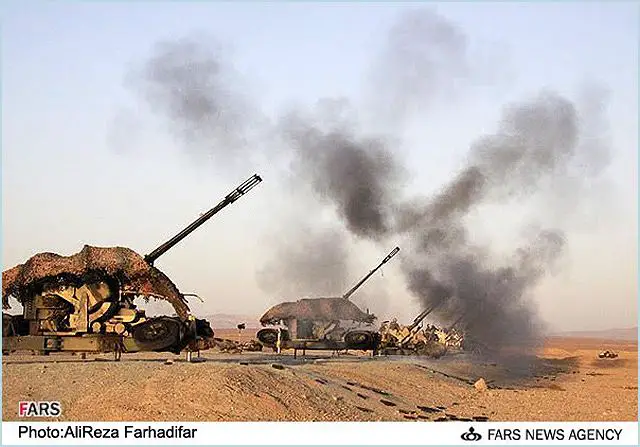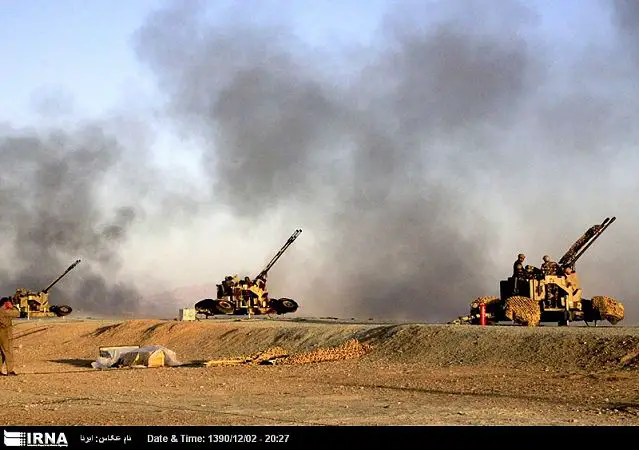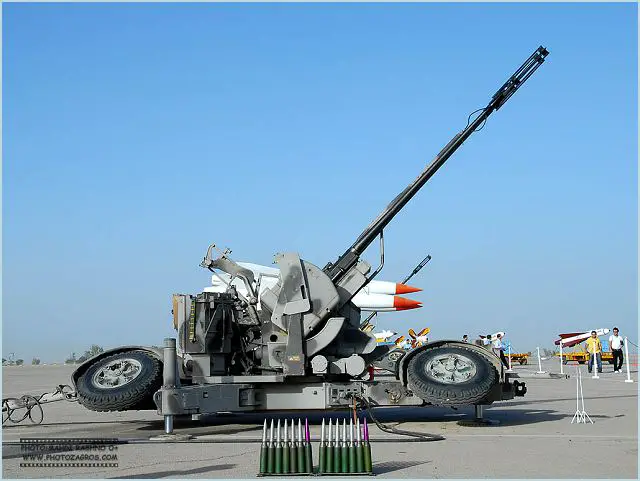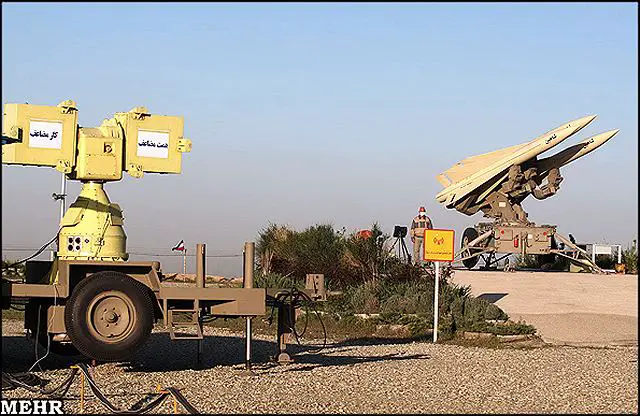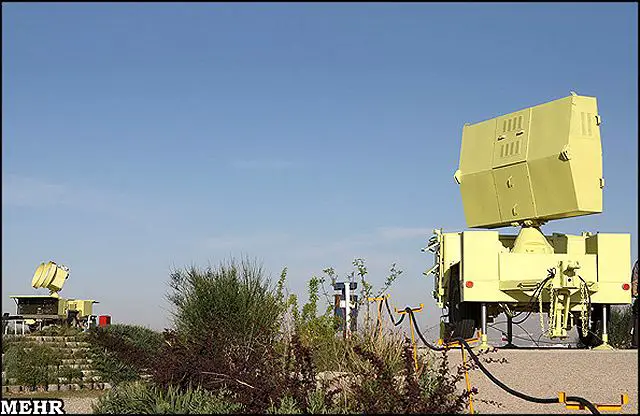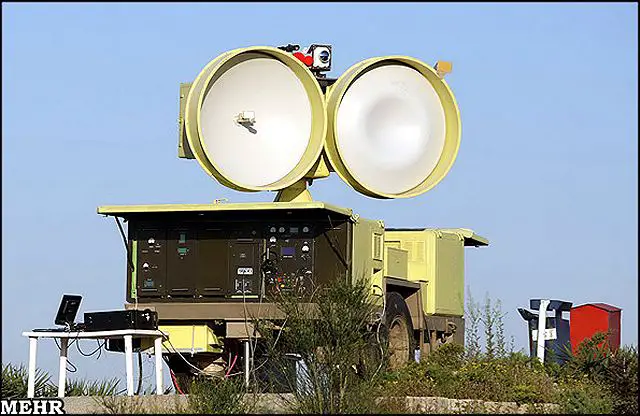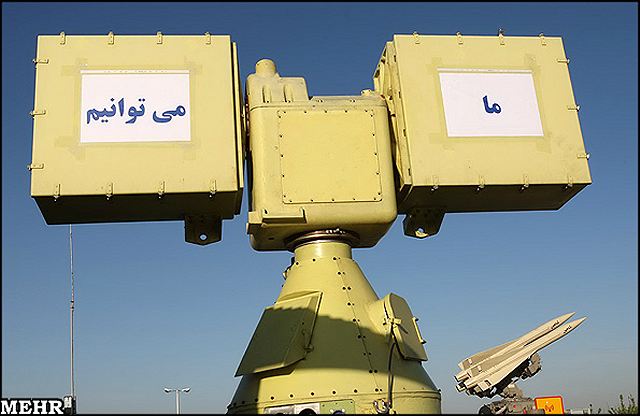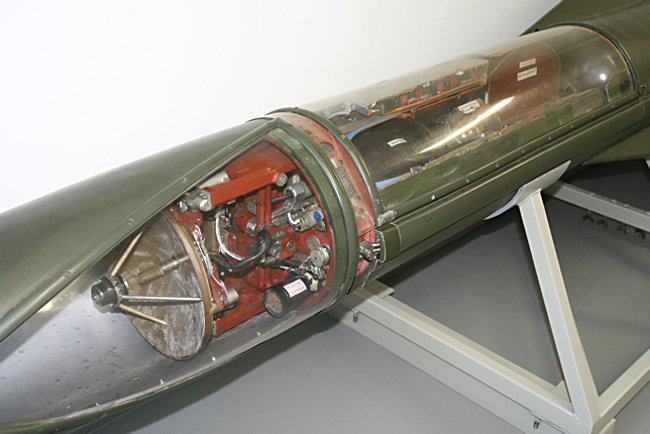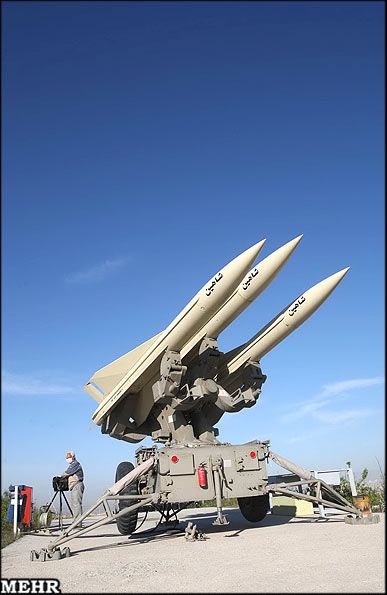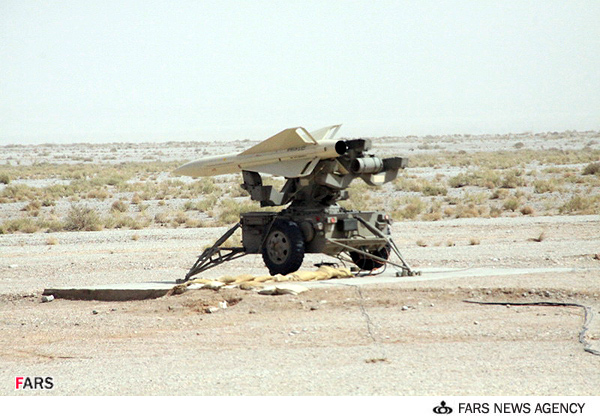Uhuhu
FULL MEMBER

- Joined
- Sep 23, 2012
- Messages
- 1,124
- Reaction score
- 1
.
.
I wanna introduce Iranian Air defense systems that are manufacturing in Iran and not all Air defense systems that are serving in Iran.
ZU-23
The Iranian 23mm double barrel AA gun appears to be a locally built version of the ZU-23, manufactured by the SANAM Industry Group. It is described as being a suitable weapon against targets at a distance of 2500m and high of 1500m. It is designed for anti-aircraft defense and can also be used against light armored vehicles, 2000m away. Furthermore in clear weather with sufficient light, it can be used against concentration of live forces. CIT and APIT shells are used for firing at airborne and ground targets.
specefication:
Characteristics:
Crew
5
Length
4.57 m
Height
2.87m
Width
1.83
Combat Weight
950 kg
Armament:
Antiaircraft gun
Twin 23mm air -cooled ZAP 23 cannons, traverses 360 degrees
Maximum effective range (vertical)
2,500 meters
Rate of fire
Maximum: 800-1000 rds/min/barrel Sustained: 200rds/min/barrel
Type of ammunition
API-T, HEI-T
Basic Load
INA
Fire Control
Optical-mechanical sight
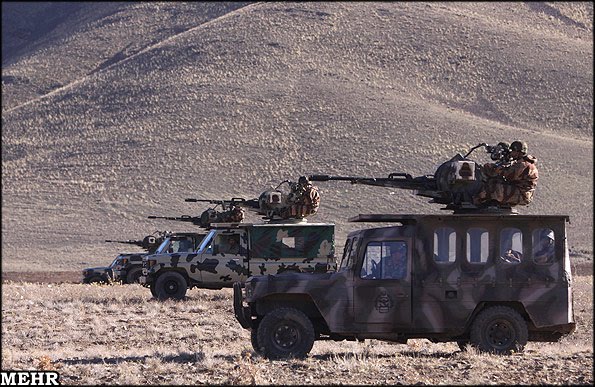

automatic version:
Its automatic control system makes it need less crew to operate and its sophisticated tracking and tracing algorithms makes it able to engage small targets like incoming missiles.



.
I wanna introduce Iranian Air defense systems that are manufacturing in Iran and not all Air defense systems that are serving in Iran.
ZU-23
The Iranian 23mm double barrel AA gun appears to be a locally built version of the ZU-23, manufactured by the SANAM Industry Group. It is described as being a suitable weapon against targets at a distance of 2500m and high of 1500m. It is designed for anti-aircraft defense and can also be used against light armored vehicles, 2000m away. Furthermore in clear weather with sufficient light, it can be used against concentration of live forces. CIT and APIT shells are used for firing at airborne and ground targets.
specefication:
Characteristics:
Crew
5
Length
4.57 m
Height
2.87m
Width
1.83
Combat Weight
950 kg
Armament:
Antiaircraft gun
Twin 23mm air -cooled ZAP 23 cannons, traverses 360 degrees
Maximum effective range (vertical)
2,500 meters
Rate of fire
Maximum: 800-1000 rds/min/barrel Sustained: 200rds/min/barrel
Type of ammunition
API-T, HEI-T
Basic Load
INA
Fire Control
Optical-mechanical sight


automatic version:
Its automatic control system makes it need less crew to operate and its sophisticated tracking and tracing algorithms makes it able to engage small targets like incoming missiles.


